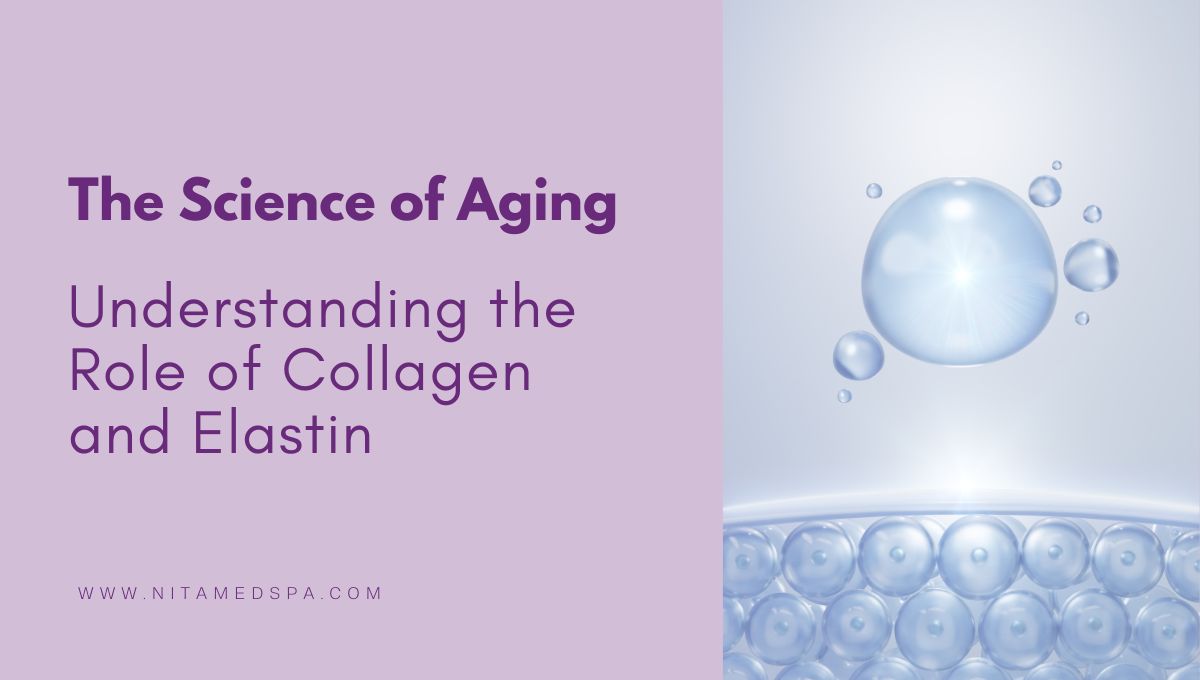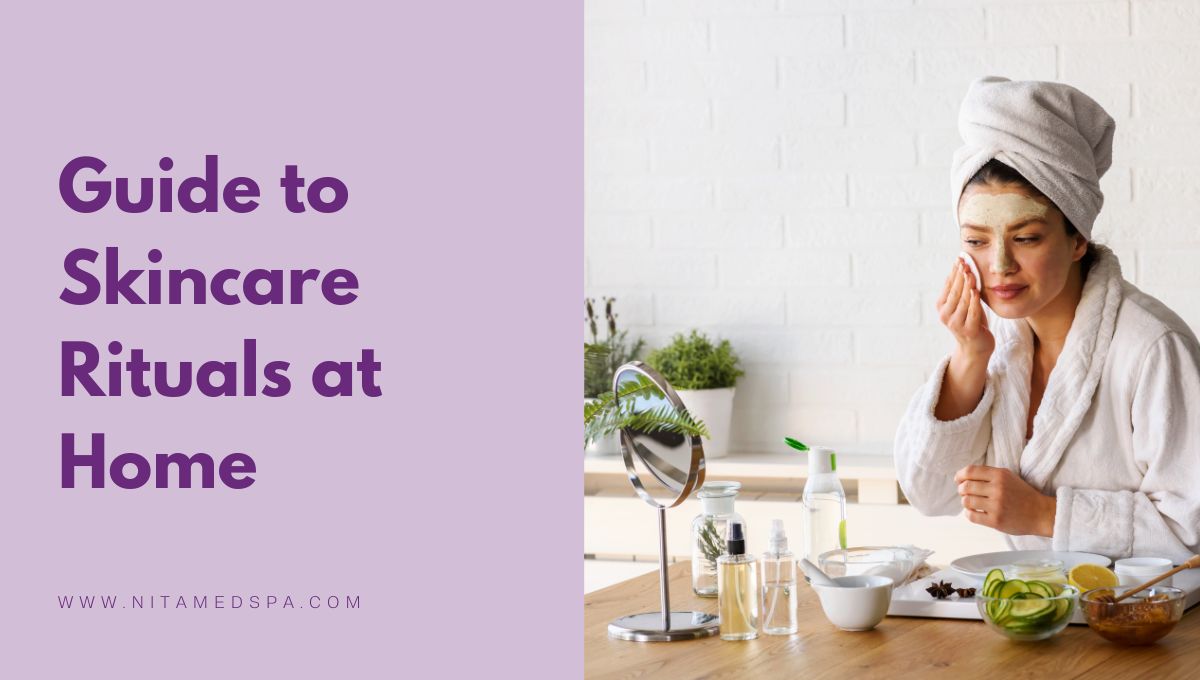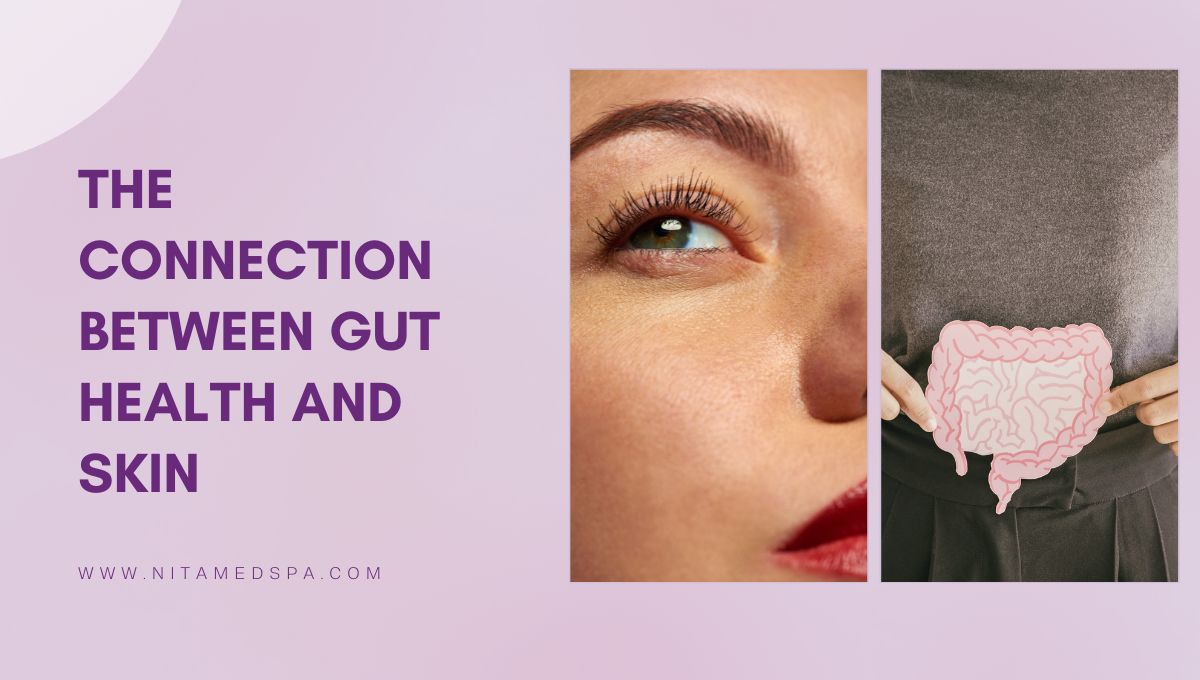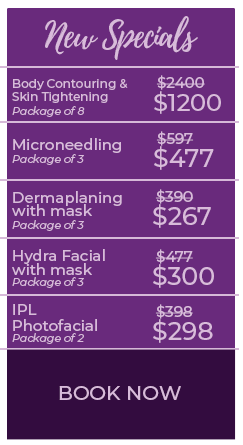It’s not something you catch wind of a considerable measure, but rather the sound of your veins can be influenced by various health conditions, for example, diabetes, obesity, or heart disease. Indeed, even genetics play a role in whether you’re defenseless to problems with your veins.
We have around 60,000 miles of vasculature – corridors, veins and minor vessels – that convey blood and supplements all through the body. The veins go about as the return highway system taking blood back to the heart. In this way, as you would expect, any traffic slow down will cause inconvenience farther back the line.
Varicose Veins:
Most generally, we see issues in the legs – where valves in the veins may not close properly, enable blood to gather. After some time this can prompt varicose veins – those developed, twisty veins that occasionally swell out from the leg. Patients grumble of heaviness, or a sore, throbbing, tired, inclination in the legs.
While they’re normally not a significant issue, a portion of these veins can create clumps or get flamed – what’s known as phlebitis. Whenever a territory of the leg is red, warm to the touch, hard and agonizing it ought to be checked by a doctor for a conceivable blood clot.
Varicose veins are entirely normal, and hazard factors incorporate multiple pregnancies, genetics, and leg injuries such as deep vein thrombosis. The individuals who either sit or stand for longer periods of time are at a higher risk. So you can say lifestyle plays a big role so does your occupation.
Spider Veins:
Another common concern for people is spider veins. These are basically tiny, baby varicose veins. Anyone who has these small veins won’t feel much pain and they collect blood. If for any reason a patient feels distress after having spider veins then, it is a deeper vein which should be checked with an ultrasound. Spider veins are always considered cosmetic and we always treat them with Quanta Vascular lasers. These are equivalent to invasive painful surgical treatments i.e: Sclerotherapy & EVLT. Quanta Vascular Lasers are also utilized for facial veins which are too small, red or blue in color and often found around the nose, on other parts of the body too.
We generally caution patients against having spider veins treated with injections because it’s not as selective as a laser and the invasive treatment is very painful apart from the lengthy recovery time it requires. However, invasive procedures like Sclerotherapy tend to only work on certain veins. Injections are not as precise as a laser, so to treat a larger vein they make a small incision and remove the damaged vein. That can be extremely agonizing and requires a few days of rest with no heavy lifting, sitting or standing whereas we use the Nd:YAG 1064 Long Pulse Laser.
This long pulsed 1064nm Nd:YAG laser is utilized to treat larger varicose veins which are often found in the thigh or leg region. The outcomes are instant disappearance of the varicose vein. The pulse duration or fluency can be adjusted in case the outcomes are not satisfactory. There are no grey areas after the treatment.
Just to put that in perspective, around 50 percent of ladies and 40 percent of men in the United States experience the ill effects of some kind of vein issues. This spider vein treatment is utilized throughout the U.S. and is considered better than the invasive treatments that are on offer in the market.
Healthy Veins.
So how would you enhance the health of your veins?
Stay dynamic: If you have a desk job, get up consistently and stroll around a bit to get your blood pumping.
Remain hydrated: When you’ve had a lot of water, your blood is more slender and streams better. Dehydration can cause your blood to thicken hence aggravating vein inadequacy issues.
Eat healthy foods: Fruits and vegetables are incredible for blood circulation and the soundness of vein walls.
Try not to smoke: The synthetic chemicals in tobacco smoke can deoxygenate and thicken your blood. Also, nicotine causes vascular narrowing and hardening.
Utilize compression: If you’re defenseless to venous deficiency, regardless of whether by hereditary qualities, pregnancy, genetics chronic conditions, or lifestyle habits, at that point wear compression socks. They help contract muscles around the veins to enable blood to move back up towards the heart. It would likewise be a smart thought to put your feet up a couple of times each day (higher than hip level) to give your blood circulation a lift.
Look for treatment: If you begin seeing symptoms, for example, exhaustion, heaviness, swelling, or fatigue even after the spider vein treatment then it would be a good time to see a Vascular Doctor for further assessment. It is very rare that you experience such issues unless you have some other health issue which is causing spider vein problems.













